If you’ve ever looked at a yoga pose and thought, “There’s no way I can do that,” you’re not alone. One of the most common reasons people hesitate to try yoga is because they believe they’re not flexible enough. But here’s the truth: you don’t need to be flexible to start yoga — you do yoga to become more flexible.
Whether you can barely touch your knees, sit cross-legged for five seconds, or feel tight just standing up, yoga is still for you. In fact, being inflexible makes you the perfect candidate to start.
Let’s explore how anyone — no matter how stiff — can begin a safe, comfortable, and rewarding yoga journey.
🧘♀️ Yoga Is Not About Bending — It’s About Beginning
The biggest myth about yoga is that it’s only for flexible people. But yoga isn’t a competition or performance — it’s a personal practice of connecting with your body and breath.
Flexibility is just one part of it, and it comes with time and consistency. You wouldn’t avoid going to the gym because you’re not strong yet, right? The same goes for yoga and flexibility.
💡 Benefits of Yoga for Stiff Bodies
You might think yoga will be harder if you’re tight, but the truth is, you may see faster improvements and experience several important benefits:
- 🧘♀️ Increases flexibility and range of motion
- 💪 Builds muscle strength to support joints
- 🧠 Reduces stress and anxiety through mindful movement
- 🛏 Improves posture, sleep, and daily energy
- 🔁 Enhances circulation and body awareness
The more consistent you are, the more your body will soften — safely and naturally.
🚶♂️ 7 Beginner Tips to Start Yoga with a Stiff Body
Here are practical ways to ease into yoga when you feel inflexible:
1. Start Small — 10 Minutes a Day Is Enough
You don’t need to commit to hour-long classes. Just 5 to 15 minutes of simple movement is enough to start opening tight muscles. Short daily sessions are better than occasional long ones.
2. Use Props Freely
Blocks, straps, cushions, or even a rolled-up towel are your best friends. They bring the floor closer to you and help reduce strain. Using props isn’t cheating — it’s smart and safe.
3. Bend Your Knees in Every Pose
In poses like forward folds or downward dog, keep your knees bent to avoid pulling your hamstrings or lower back. Over time, they’ll naturally lengthen.
4. Breathe Deeply
Tension often lives in the breath. Deep, steady inhales and exhales help your muscles release more easily. Breathe into the tight areas to help them soften.
5. Go Slow and Don’t Force Anything
Flexibility is gained through gentle repetition, not pushing or bouncing. If it hurts, back off. Stretching should feel like a comfortable challenge, not pain.
6. Modify Every Pose to Fit Your Body
There’s no one-size-fits-all in yoga. Can’t sit cross-legged? Sit on a cushion or chair. Can’t touch your toes? Rest your hands on blocks or shins. You’re not doing it “wrong.”
7. Be Patient and Celebrate Small Wins
Your body may not change overnight, but it will change. Celebrate the little things — holding a pose longer, feeling less tight, breathing easier.
🔰 Gentle Yoga Poses for Inflexible Beginners
Here are five poses that are ideal for stiff bodies. Try them slowly and stay for 5–10 breaths in each.
1. Cat-Cow Stretch
(Good for: back, shoulders, spine)
- Start on hands and knees
- Inhale: arch your back, lift chest (Cow)
- Exhale: round your spine, tuck chin (Cat)
- Repeat slowly for 8–10 rounds
Why it helps: Loosens up the entire spine and prepares your body for more movement.
2. Child’s Pose with Wide Knees
(Good for: hips, back, knees)
- Kneel, bring big toes together, knees wide
- Fold forward and stretch arms out
- Use a cushion under hips or forehead if needed
Why it helps: Opens tight hips while giving your back a gentle rest.
3. Standing Forward Fold (with Bent Knees)
(Good for: hamstrings, calves, back)
- Stand tall, bend knees deeply
- Hinge from hips and fold forward
- Rest hands on thighs, shins, or blocks
Why it helps: Stretches the back of your body without overstraining your legs.
4. Low Lunge with Blocks
(Good for: hip flexors, thighs)
- Step one foot forward, back knee on the ground
- Use blocks under hands for balance
- Keep chest lifted, spine long
Why it helps: Opens tight hips, especially for people who sit all day.
5. Legs Up the Wall
(Good for: total relaxation, lower back, legs)
- Lie on your back near a wall
- Swing your legs up the wall, arms relaxed by your sides
- Rest here for 5–10 minutes
Why it helps: Soothes the nervous system and gives stiff legs a break.
🧘♂️ 10-Minute Yoga Routine for Stiff Beginners
Try this flow to build flexibility gradually:
- Cat-Cow – 2 minutes
- Child’s Pose – 1 minute
- Low Lunge (right + left) – 2 minutes
- Forward Fold (bent knees) – 2 minutes
- Legs Up the Wall – 3 minutes
This short, gentle routine is a great way to wake up or unwind at night.
🛑 What to Avoid if You’re Very Stiff
When starting yoga with a tight body, it’s important to avoid these common mistakes:
- Skipping the warm-up – Cold muscles are more prone to strain
- Comparing yourself to others or to yoga models online
- Pushing too hard to “look” flexible
- Holding your breath – tension increases when you don’t breathe fully
- Thinking you’re failing if you can’t touch your toes — flexibility will come
Remember, every body is different — yours is not broken, it’s just learning.
🧠 The Mental Side: How to Stay Encouraged
Starting yoga when you feel stiff isn’t just a physical challenge — it’s a mental one. You may feel frustrated, impatient, or discouraged. Here’s how to stay motivated:
- Track progress with photos — you’ll notice subtle changes over time
- Use beginner-friendly YouTube videos or apps
- Find a yoga buddy or online community for support
- Remind yourself why you started — health, calm, energy, strength
If you show up with patience and kindness, yoga will meet you where you are — every time.
💬 A Real-Life Story: From Tight to Toned
Meet Ravi, a 38-year-old software developer who spent most of his day at a desk. He could barely reach past his knees and felt stiff all over. He started yoga with 10-minute sessions three times a week.
At first, everything felt awkward. But after a month, Ravi could sit on the floor more easily and noticed fewer aches. After three months, he had more energy and better posture. Flexibility was no longer the goal — feeling good in his body was.
✅ Key Takeaways
- You don’t need to be flexible to start yoga — you start to become flexible.
- Modify every pose to meet your body where it is.
- Use props, go slow, and breathe deeply.
- Be kind to yourself — this is a journey, not a race.
🧘 You Can Start Today — No Experience Needed
The best time to start yoga is now — not when you “get flexible,” not when you buy special clothes, not when you feel ready. Your body is ready right now, just as it is.
You’ll be amazed at how much more open, calm, and strong you feel — even after just a few sessions.

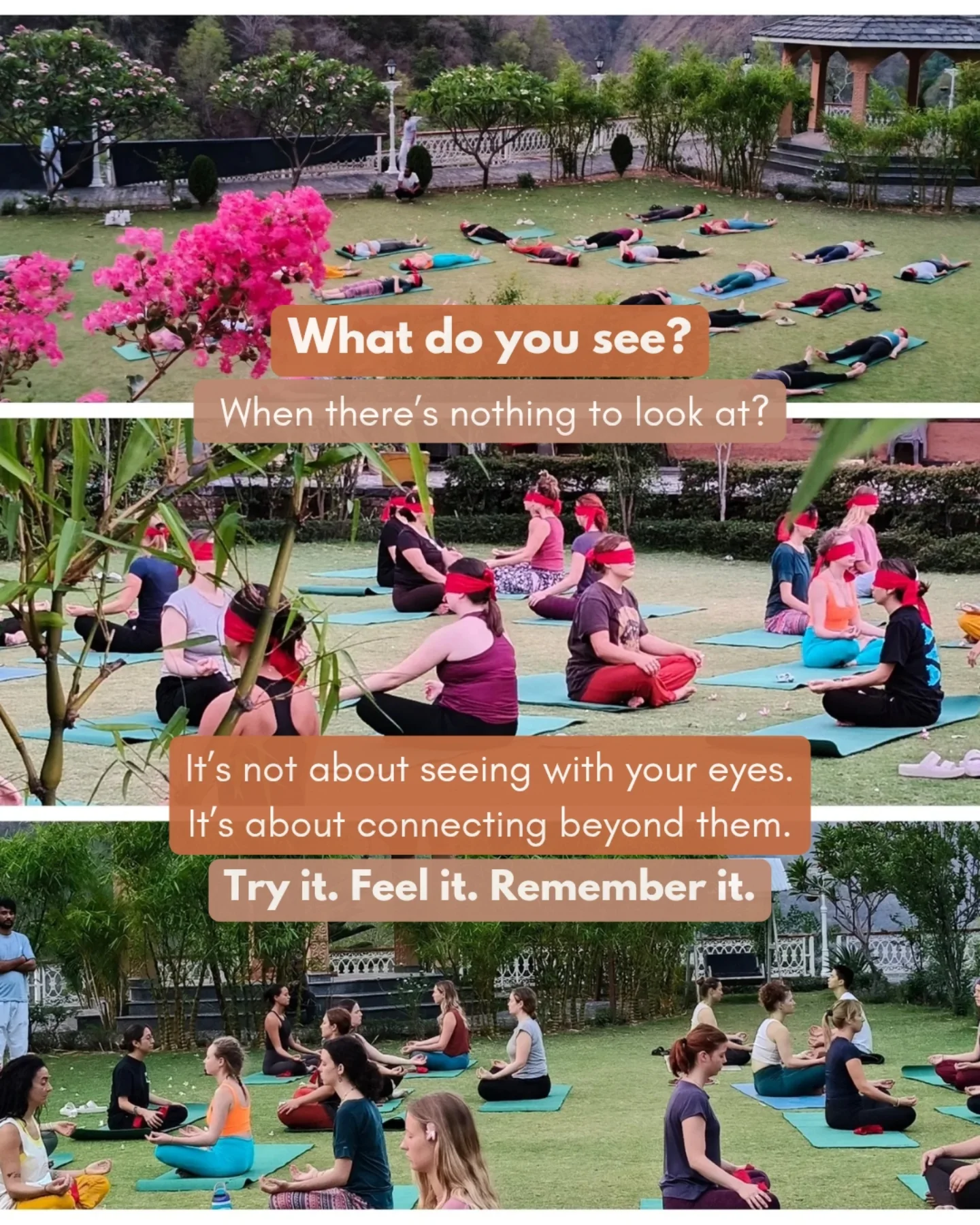
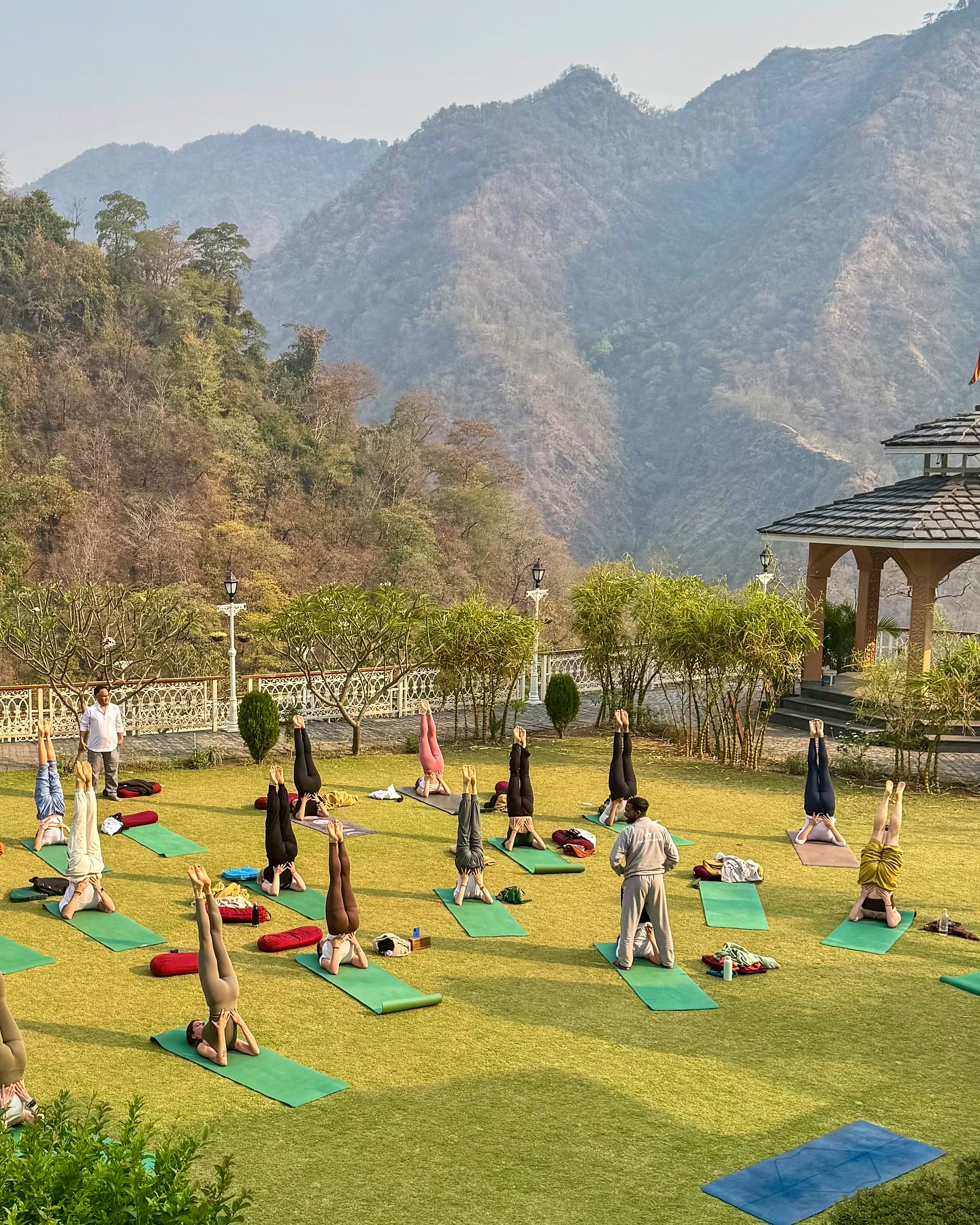
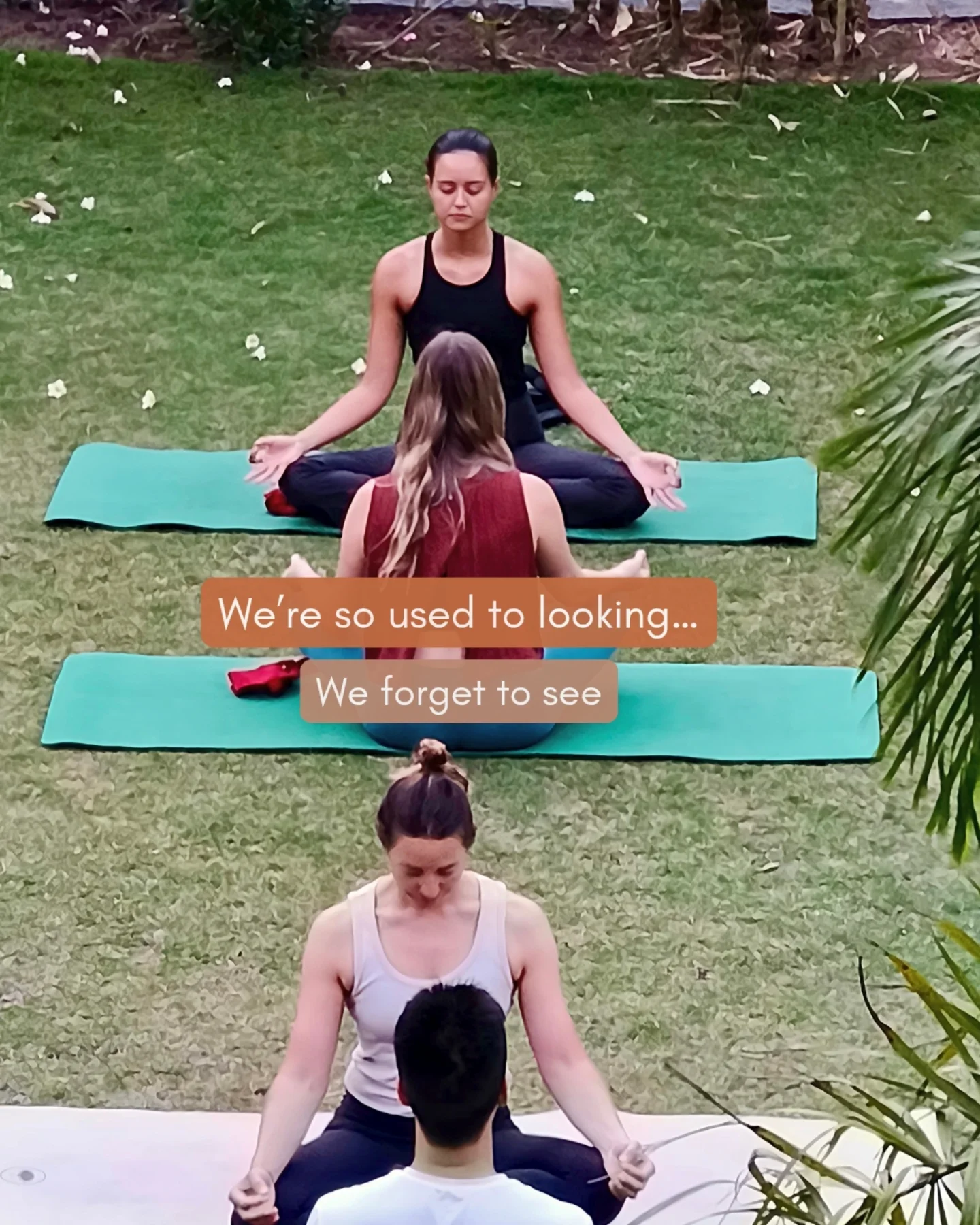
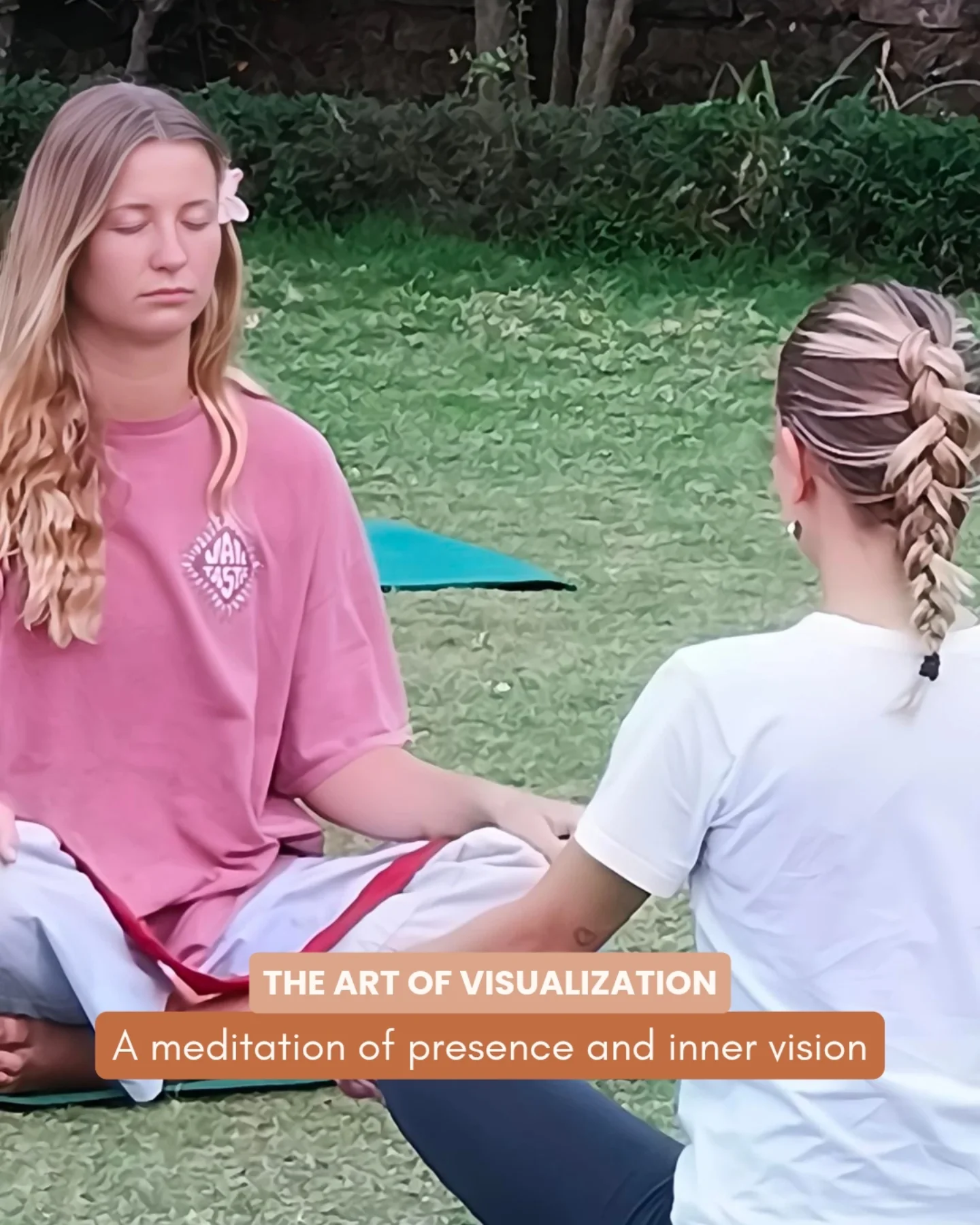
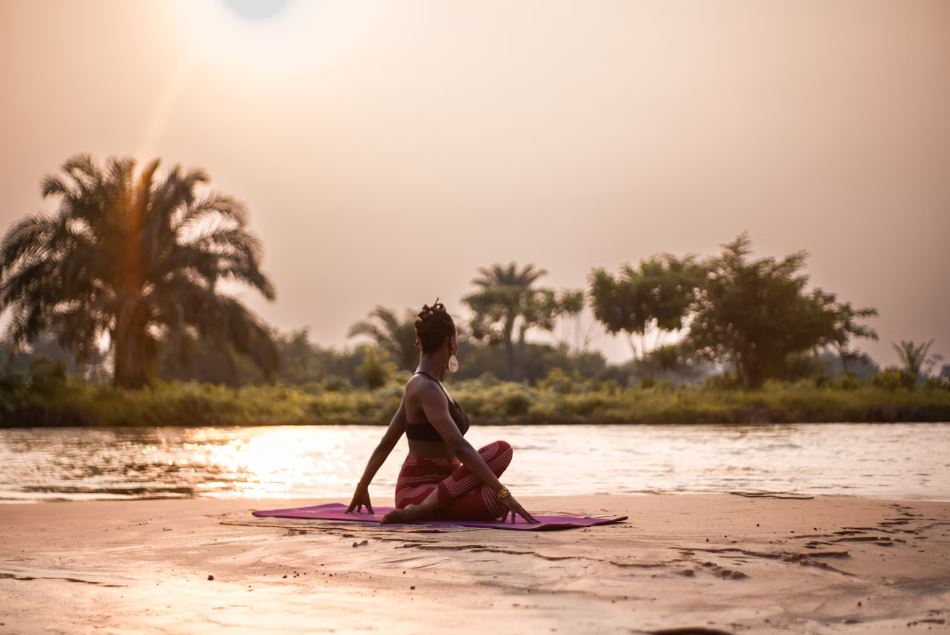
Leave a Reply